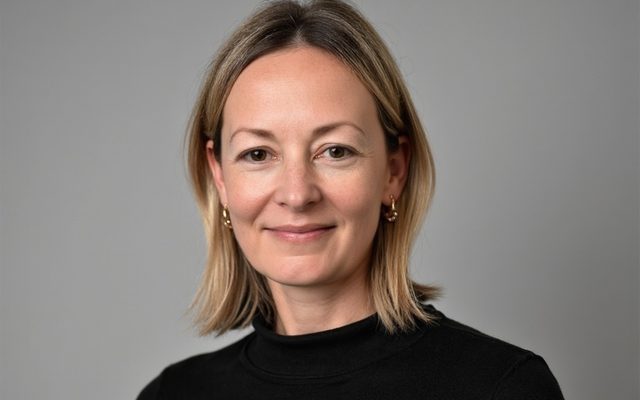This article is from the Australian Property Journal archive
WOLLONGONG’S office market has experienced a growth spurt of 12% in floorspace in just two years, with $1.6 billion of CBD investment fast-tracking the city’s transformation from industrial heartland based around Port Kembla into a services-led economy.
The office market in Wollongong CBD is forecast to reach over 190,000 sqm of floor space if all schemes in the development pipeline come to fruition, according to Knight Frank, after 18,601 sqm was added recently across three major developments. They include 140 Keira Street, now home to government, private and ASX-listed tenants, and the new headquarters of IMB bank at 47 Burelli Street.
Property Council data shows the total vacancy rate was 14.7% in January. The new completions have a pushed up A-grade office vacancy rate to 13.1%, providing more options for tenants considering locating in Wollongong. An estimated 23,000 people from within the Wollongong LGA were commuting to Greater Sydney for work prior to lockdowns, and the 25,000 students enrolled at the University of Wollongong presents a solid future talent base of tertiary-educated workers.
“Port Kembla’s status as a large steel production hub and a gateway for freight and logistics remains a key strength, but other key sectors including technology, defence and higher education are also now driving Wollongong’s growth and standing,” Knight Frank Australia’s chief economist, Ben Burston said.
Over the two years to June 2020, the tech sector grew by 16%, along with a 4.3% rise in all registered businesses and 5.7% in white-collar industry businesses.
In addition to the upgrades to infrastructure and skyline over recent years, a further $400 million of projects us in the pipeline.
“A positive demand outlook, coupled with growth in face rents and relative yield disparity to other major non-CBD markets, will only enhance the appeal to investors for quality assets in the Wollongong CBD,” Burston said.
Expressions of interest close this week for the seven-level A-grade building at 90 Crown Street, which serves as the regional headquarters for the federal government’s Services Australia and NSW government’s Transport Department and once held the record for the biggest price paid for a Wollongong commercial asset.
Prime office yields for upper A-grade office assets have tightened to now stand at between 5.25% and 6.00%, while secondary market yields range from 6.25% to 6.75%. The disparity between Sydney’s metro markets offers headroom for further yield compression.
New assets are achieving gross rental rates of $550 to $600, while secondary assets attract $350 to $440 per sqm.
Wollongong is expected continue to expand and diversify its industry mix, potentially including an expansion in its role as a defence hub tied to government’s announcement of a new base for the submarine fleet on the east coast. Regional Development Australia modelling projects a net annual benefit of $3.2 billion to the Illawarra economy and creation 7,000 direct and indirect jobs if Port Kembla is selected for Australia’s first major military base to be built in over 20 years.
Burston said this economic expansion will unlock further growth opportunities across industrial, office and residential property markets.
Industrial gross rents have grown to $150 to $200 per sqm for A-grade options and $90 to $120 for secondary. The weight of capital chasing industrial assets has resulted in yield compression of 50 basis points over the past 12 months to between 6.5% and 7.5%.
The share of major logistics operators in the Unanderra industrial precinct has grown from 15% to 18% over the two years to 2021. Wholesale trade accounts for 25%, and services and construction 16% and 15%.




